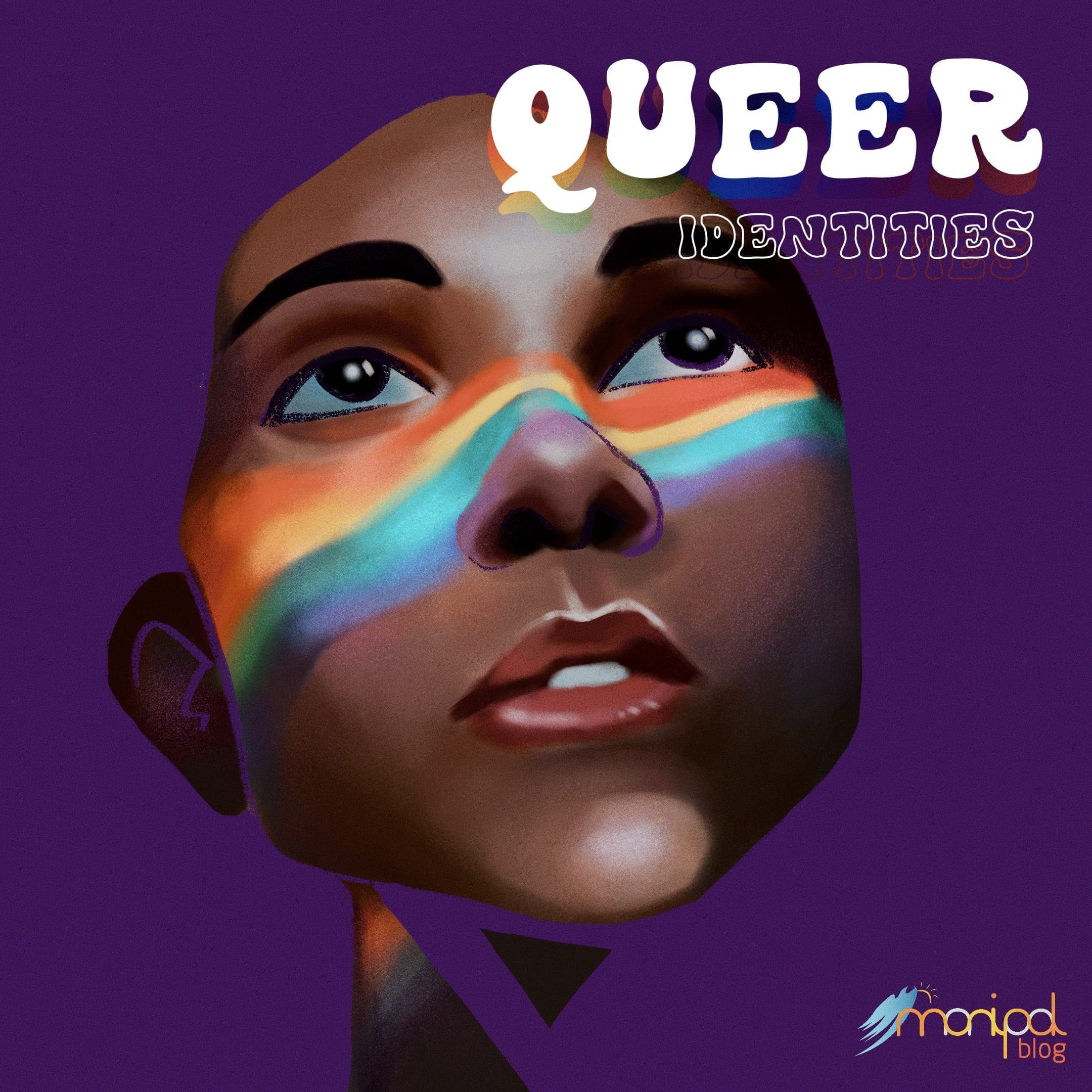
Queer and LGBTQ+
Our society has evolved on the mistakes and actions of the past. Every day we learn something new, we realise what wrongs previous generations had committed. One of those mistakes was not accepting people for who they were. Rather, in the early 19th century; they used the term ‘queer’ as a derogatory term for people who did not conform to gender and sexual norms.
Instead of backing down to the crucial lashes of society, this community in the early 1980s chose to embrace themselves under this umbrella term. They turned it around as a positive choice. The full acronym is LGBTTQQIAAP which stands for Lesbian, Gay, Bisexual, Transgender, Transsexual, Queer, Questioning, Intersex, Asexual, Ally, and Pansexual. There are many more sexual and gender identities that can be covered or encompassed in the capacity of the word ‘Queer.’
The most beautiful aspect of the LGBTQ+ community is that they embrace the right of human beings to choose and identify themselves.
The Difference Between Sex and Gender
The LGBTQ+ community symbolizes evolution, positivity, pride, and inclusion. The word ‘queer’ allows liberation and communication building with those who do not subscribe to such choices. Most cultures in history refer to the perspective that two genders mate with biological sex. Most cultures assume there is an evident and predictable relationship between sex, gender identity, and gender expression. This phenomenon is known as gender essentialism.
Today, after generations of uprising and deliberation, it is determined that the sex that a person is assigned at birth is not always essentially the same as their gender. A person’s sex is usually based on their physical, genetic and anatomical traits. However, gender is different. It is an internal sense of where one falls in the spectrum (or beyond) that gauges how feminine or masculine someone is. It also indicates whether a person is an amalgamation of masculinity or femininity or neither of the two.
Due to the discoveries of identities, the language used today may be outdated tomorrow, so the scope of language is required to widen. The need to keep learning and evolving is essential. Being a part of society, it is our moral duty to accept people for who they are and to respect their choices. We use gender identity to talk about a person’s internal sense of who they are while we use gender expression to talk about how they express who they are to the world.
Heterosexual Privilege and False Notions About LGBTQ+
Gender, sexuality, race, or ethnicity are the most common and impactful ways in which people are categorized. This recognition is as important as the individual itself, as it signifies how a person is treated and perceived in society. It is because of this, a specific category of people develop privilege. It refers to extra or special advantages that someone receives by virtue of the position into which they are born and how they are socially categorized.
This leads to assumptions and differences between the LGBTQ+ community and the heterosexual community. As a heterosexual individual, certain dangerous assumptions can be developed about the identity of another individual, that:
- Gender and sex are the same things.
- Their legitimacy as a woman/man/trans is based upon how much surgery they have had.
- A part of the LGBTQ+ community may incline towards more feminine choices in terms of clothing.
- They are expected to constantly defend their medical decisions concerning their gender identity.
To be Kind, Understanding, and Accepting of Different Identities
The assumptions mentioned above are the common things that an individual may think about while talking about gender and identity. Such discussions are discomforting and often disrespectful. The choices that one makes in their respective lives make them who they are. Freedom of affection, attraction, choices, and acceptance are some of the many things to be kept in mind.
While talking about the identity of a person, being understanding is of prime importance. Enough time has passed without us realizing that stereotypes and social norms only put barricades. To categorize people is to cage them into the types of people society wants them to be. As a responsible individual of the society, it is crucial for us to evolve with time and not make it harder for the people around irrespective of their gender and sexuality.
About the Authors – Sarthak Suman Gupta and Anjali Seshadri are first-year students at Manipal Institute of Communication.

Be the first to comment